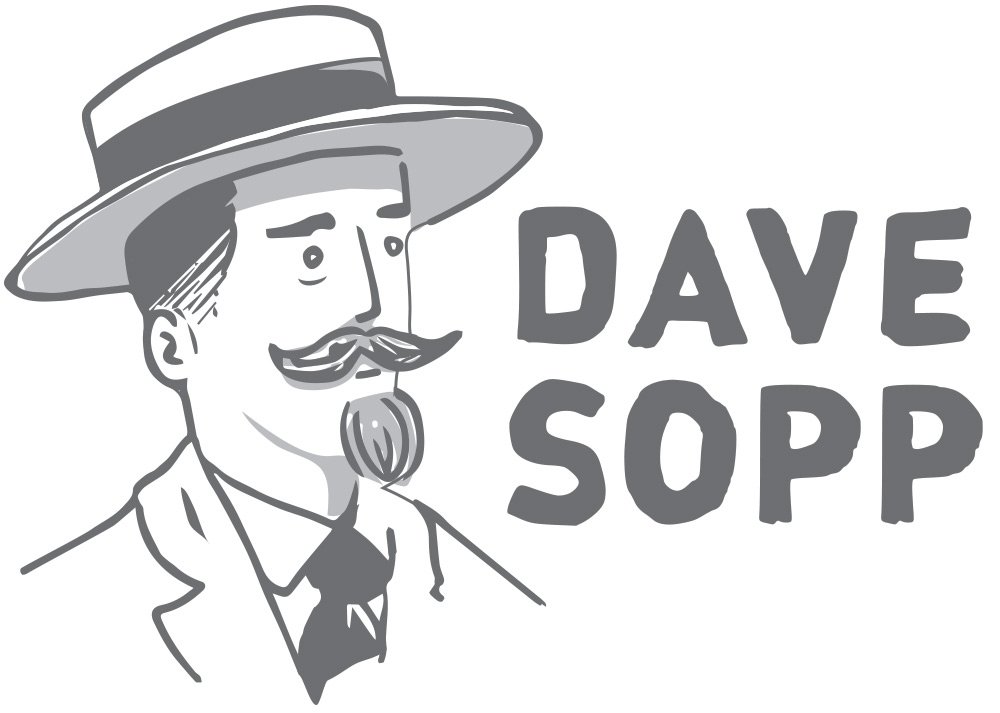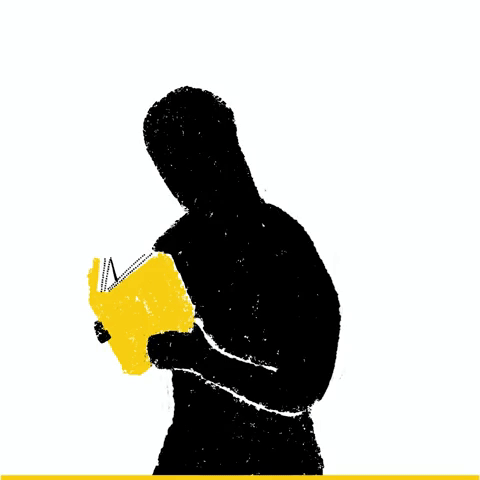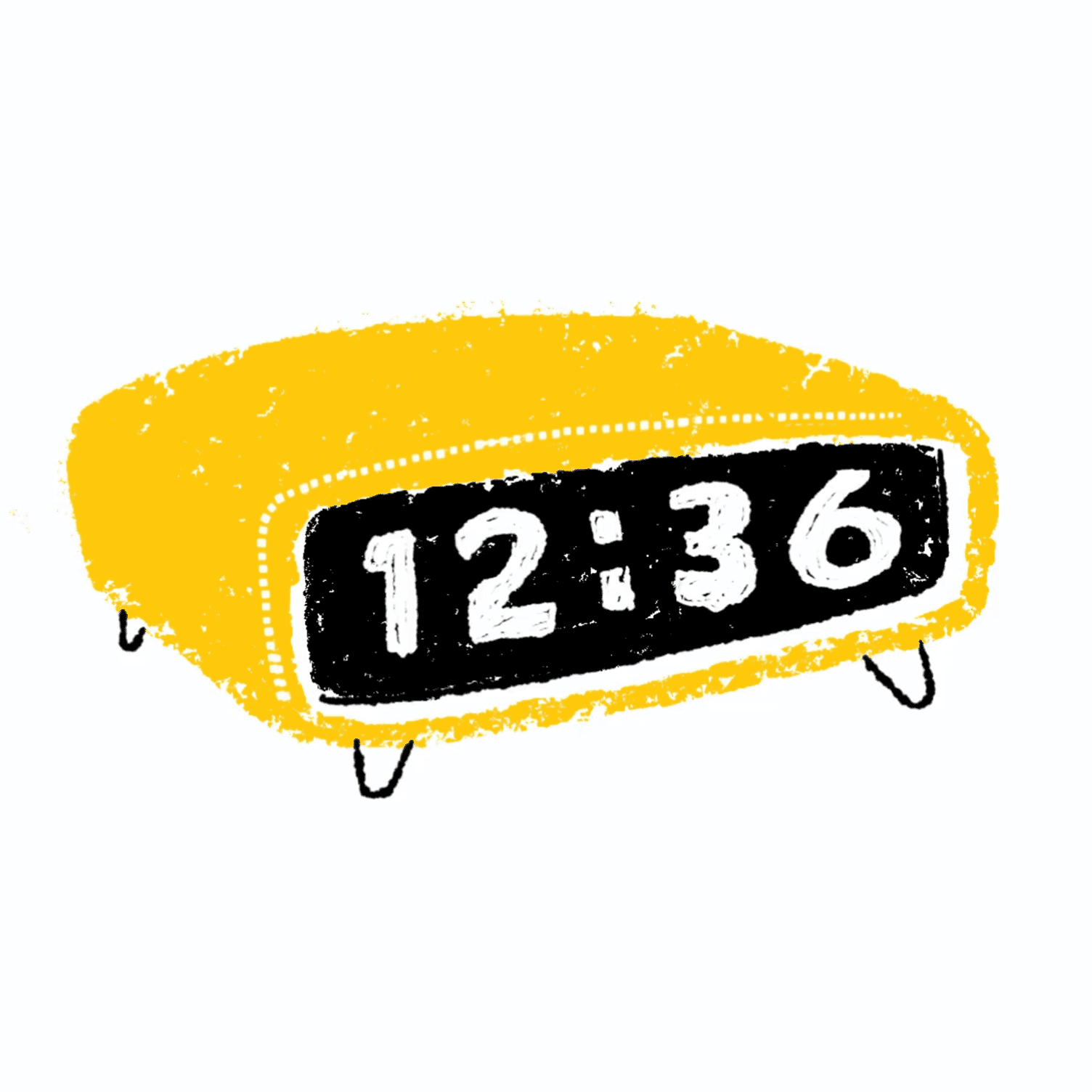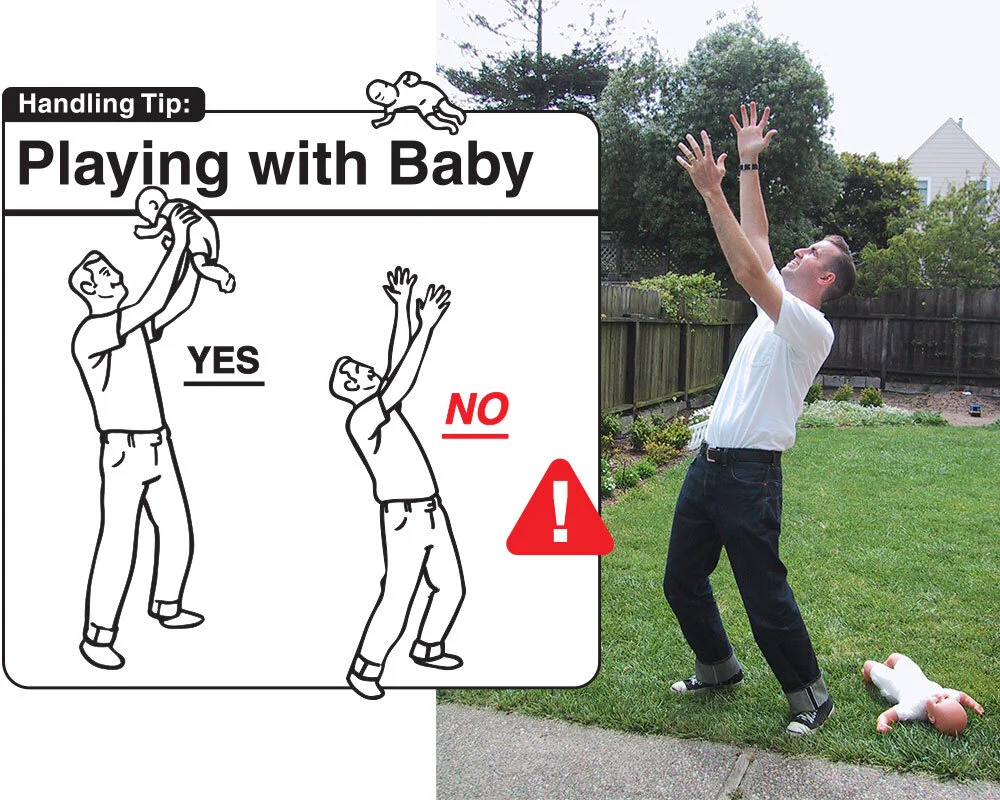I’ve long loved animation and I have a weird, rich history of not ever getting to do it. Like, really do it. This from the guy who, in dot-com’s infancy, was the ONLY ART DIRECTOR IN SAN FRANCISCO WHO KNEW HOW TO MAKE AN ANIMATED GIF. True story.
When I was studying marketing at the Art Center College of Design in the super late 80’s a Hollywood production company (in an hilariously Cohen-brother-style meeting on Sunset Blvd.) invited me to be a part of a breakthrough, episodic animation project for adults that eventually became some dumb show about a guy named Homer and his weird family who lived someplace called Springfield. If you ever run into me, ask me about this experience because it’s super funny (sometimes I think I dreamt it).
The very first animation I did for Kelly’s marriage book, Hey, I Love You…. The hardest part was building the end title with the book closing. I knew it would be, so I made it so I could swap out the art and use the base animation as a template for every video after.
Once I figured out the basics, it was time to play with more layers, masking and more complicated animations.
Eventually I added unique title art to the front of each new video and kept pushing myself to do more complex scenes.
With all the booty shaking, this was the most detail I put into one of these animated shorts. And the most adventurous transition (to the dropped penny) I’d attempted.
Since the brand calls for stylish simplicity, you’d have to really be paying attention to see that the clip that begins at 00:22 is the most complex frame-by-frame animation so far. Can you guess why?
Soon after, Dick Clark Productions (another funny story) asked me to turn a comic series I’d won an award for in LA into commercial bumpers for a season of American Bandstand. I gave them an enthusiastic “YES” despite not knowing at ALL how I’d actually fucking deliver (it was the late 80’s and we didn’t even have clamshell phones yet for God’s sake!). Shit, I was still in school and only 19, for crying out loud, but I was all about it! When they said it’d be a great unpaid project on my resume, I bounced.
I’ve actually been creeping up on real animation for a bit. In 2017 I created a polished series of successful animated videos for a tech startup by supplying layered illustration files to a talented, local After Effects animator. Then I started a series of time-lapse illustrations that I made for Mr. Dave’s Best. Drawn in real-time, all one take.
But my real opportunity came when I got to promote the marriage book my wife had been contracted to write for Hachett – Hey, I Love You… To research her concept, Kelly had been interviewing all kinds of couples to learn more about all kinds of marriage experiences – the good, the bad, and, yeah, the sometimes terrible. Since I’d designed and illustrated her book to be as unisex and inclusive as possible, Kelly had a cool idea to set those candid insights to stylistic animation that would be right on brand.
Once animations were done, they were easily converted to animated gifs. Like this endless sharing of Hey, I Love You…
SImple, yes. Pain in the ass, not really. What I love about conceptual animation is that your can do a lot with little when you put a little thought into it beforehand.
Simple, yes. Pain the ass, also yes. But I do love this tedious-to-execute animated gif of the endless search for love. This was a part of the puck to fill Giphy with our cute little animations.
This concept for this animation was pretty simple so it had to get juiced up with some slightly difficult renderings of the word bubbles and the chair bounce on the refresh. Not hard, but nice thinking, I think. haha.
Frame-by-frame, onion skinning, multiple layers, Procreate, and my left hand – all in one photo. But this is what goes into every sequence on this page (and more on the Hey, I Love You… Vimeo channel.
The process wasn’t much different than the video work I did on those earlier tech-startup videos. I’d discovered the Procreate illustration app for those and it was a short leap to teach myself how to use its ridiculously simple animation assist to onion-skin myself to frame-by-frame-glory. Trying to do a whole video in one file was technically impossible anyway due to file size limitations which is fine because it would also have been an unworkable hellscape of layers to deal with. So I animated all the scenes as short clips. Once I had a scene down, I exported it as an mp4 file thatI then pulled into Adobe Premiere. There I could loop, extend, or slow, depending on how the VO timing worked out. And if I ran into trouble, I’d just zip back to the iPad to quickly animate a filler sequence or fix bugs in the scenes. Easy squeezy.
Soon we had over 40 short animations for Hey, I Love You… And there’s more in production. It’s funny to watch my progress as I became more comfortable through experience. And the best part is that since I did all the animations as individual sequences, now we can mix and match previous work to make new narratives in just minutes. Or animated gifs of those scenes. Despite having so many options to economically repurpose the work into the future, I still prefer animating new ideas since I figured out how to do it so easily!
DAVE SOPP – Creative
Yep, that’s me. I’ve got over 20 years of marketing strategy, graphic design, advertising art direction, and illustration experience. Want to use some of it? Email me at dave@davesopp.com



















































































































































